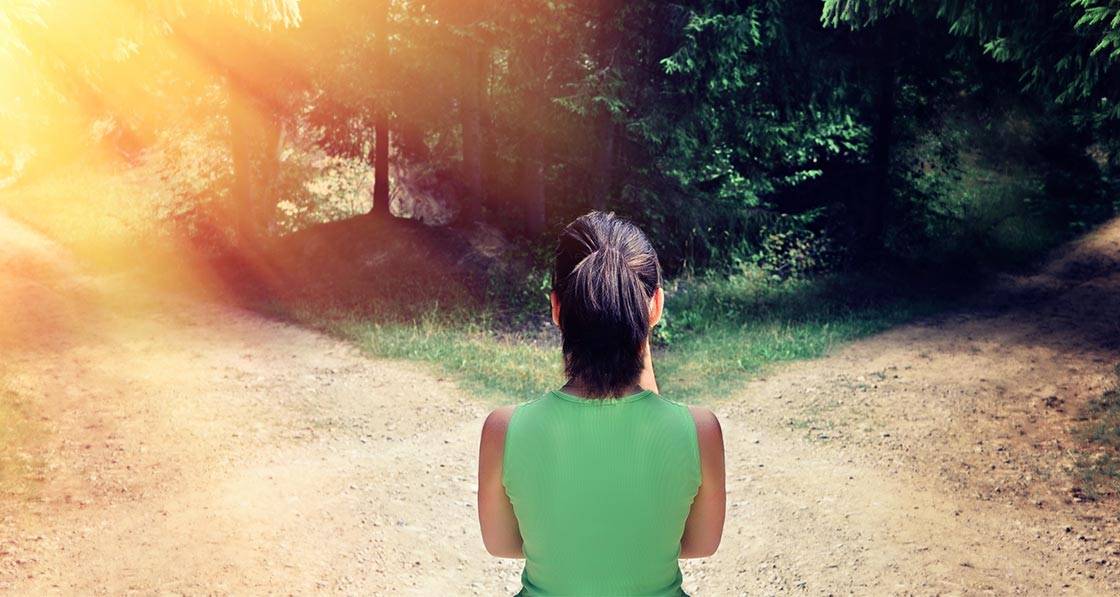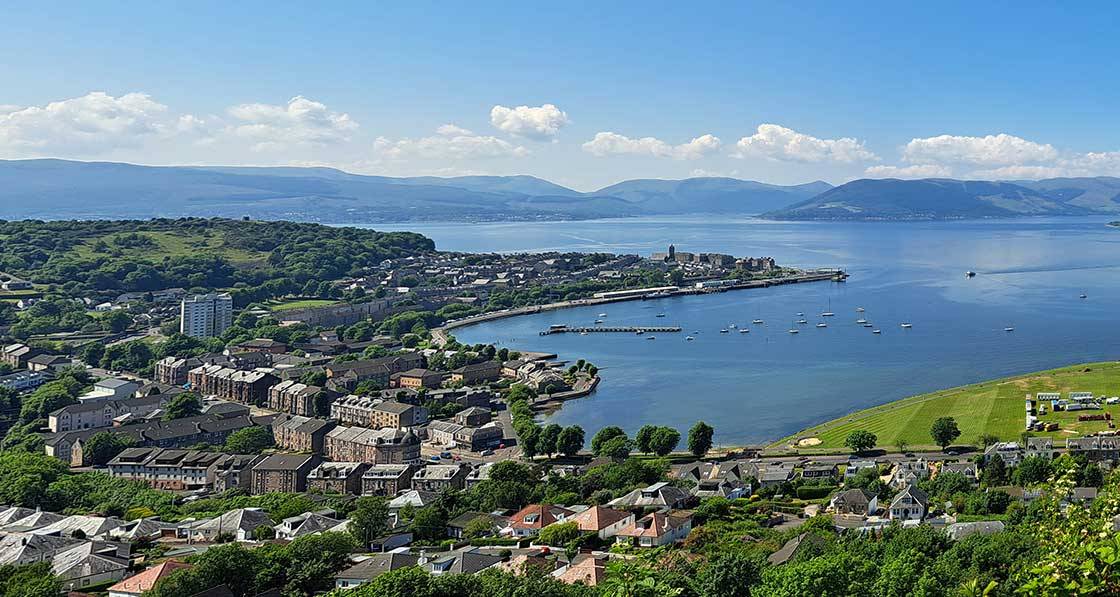Flat earth stars
What do you do when a building type is inefficient, common, hard to treat – and often used to house vulnerable people? Chris Morgan of leading passive house architects John Gilbert Architects tells the story of an extraordinary pilot project that may show the way to solve the stickiest of problems.
























